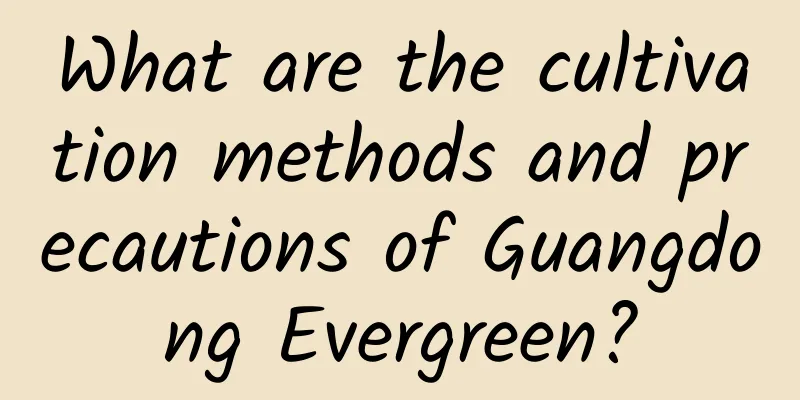Causes and treatments of yellow ginkgo leaves

1. Insufficient nutrientsReason: If the plant lacks fertilizer or the fertilizer is applied improperly, the leaves will turn yellow and burn. When nitrogen is deficient, the leaves of ginkgo will turn yellow, small and dull; when phosphorus is deficient, the old leaves will turn into yellow and green mosaic, with purple or red spots on the leaf surface; when potassium is deficient, the leaves at the base or middle of new branches will turn yellow, and brown spots will appear on the tips or edges of the leaves. In severe cases, the leaf edges will burn from the outside to the inside; when lacking sulfur, young leaves will first lose their green color and turn yellow, and then the leaf flesh will gradually turn yellow. Treatment: Fertilization should be carried out according to the symptoms, corresponding growth elements should be supplemented, and nitrogen, phosphorus and potassium fertilizers should be applied reasonably. 2. Insufficient lightReason: Ginkgo is a light-loving tree species. If the plant is kept in a dark growing environment for a long time or does not receive enough sunlight, its photosynthesis will be affected, causing the leaves to turn yellow. Solution: Ginkgo trees need to be placed in a well-ventilated place with sufficient diffused light. Avoid placing it in a place exposed to sunlight for a long time. It must be kept in a place with insufficient sunlight, good ventilation and humidity. Avoid exposure to the sun in summer and provide appropriate shade. 3. Too little wateringReason: Ginkgo trees like moist soil. If the plant lacks water for a long time or is not watered thoroughly, the leaves will show signs of yellowing due to lack of water. Solution: Add water in time to keep the soil moist. However, be careful not to allow water to accumulate in the soil, which may damage the roots. In daily maintenance, you need to pay attention to reasonably controlling the amount of watering. When the temperature is high, water evaporates faster, so it is generally recommended to water the plants in the morning and evening. When the temperature is cold and the soil in the pot is moist, no watering is required. 4. PestsCause: The pests that cause yellowing of ginkgo leaves are mainly the first- and second-instar nymphs of the yellow thrips, and the pupae overwinter in the soil. The tea yellow thrips will suck the juice of the leaves, causing them to gradually turn yellow. In severe cases, the leaves will dry up, break, or even fall off. In addition, underground pests biting the bark of seedlings can easily cause yellow leaves. Treatment method: It is necessary to promptly respond to the symptoms of the disease, find out the cause, and then use DDT, quick insecticide and other pesticides to treat it to prevent the pest from worsening. |
<<: Causes and treatments of yellow leaves of Houttuynia cordata
>>: Causes and treatments for yellowing leaves of rapeseed
Recommend
How to cultivate and manage pumpkins to achieve high yields (pumpkin planting methods and cultivation techniques)
As a crop, pumpkin also has certain growth rules....
How to water Boston fern
Water use tips When to water It does not require ...
How to plant copper coin grass? Planting time and method
Planting time of copper coin grass The cultivatio...
The efficacy and function of thistle
1. The role of medical treatment 1. Stop bleeding...
How to grow succulent plants?
soil When raising succulent plants, in order to p...
What fertilizer is best for Molan? Fertilization method for Molan
Mo Lan is a plant that likes fertilizer. Appropri...
How to prune jasmine
When growing jasmine, in order to keep it bloomin...
Where is the planting condition and climate requirement for tangerine suitable for planting?
Tangerine planting conditions The growth, develop...
Is carambola a fruit or a vegetable?
Is carambola a fruit or a vegetable? Star fruit i...
Cultivation methods and precautions of Songchunhua
1. Maintenance methods 1. Soil: The spring flower...
How to grow colorful ivy so that it blooms
1. Adequate sunlight The colorful ivy is mainly u...
What to do if gardenia does not bloom
1. Reasonable fertilization 1. Reason: Gardenia i...
What are the characteristics of chrysanthemums? What is the shape of chrysanthemums?
1. Features 1. Unique flower shape: Speaking of c...
Flying dragon pruning method
1. Prepare tools Appropriate tools are the basis ...
How to deal with root rot in potted flowers?
Factors causing root rot Overwatering We should k...









